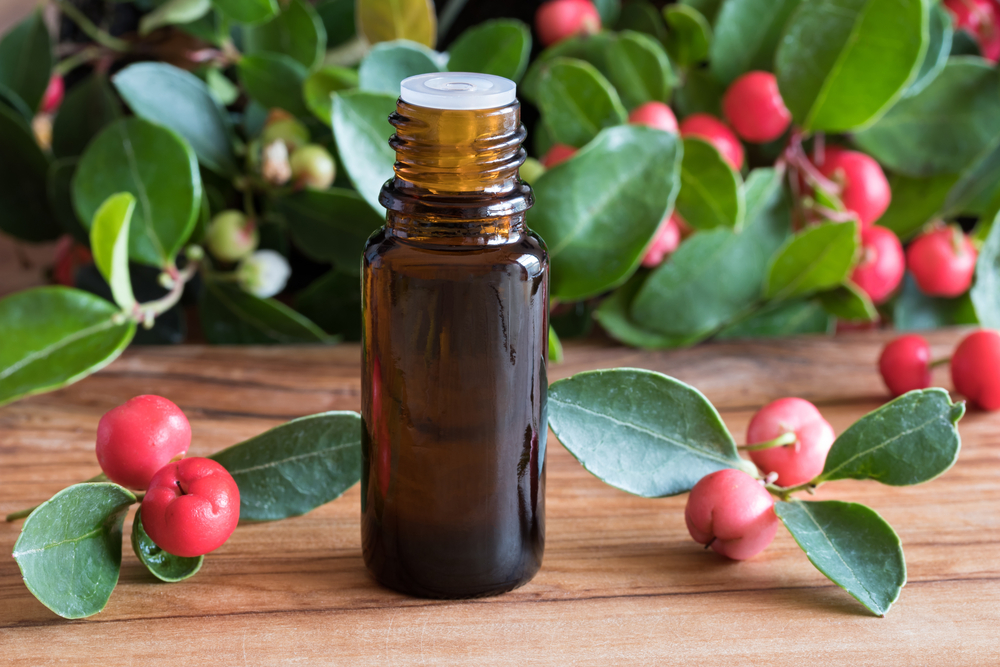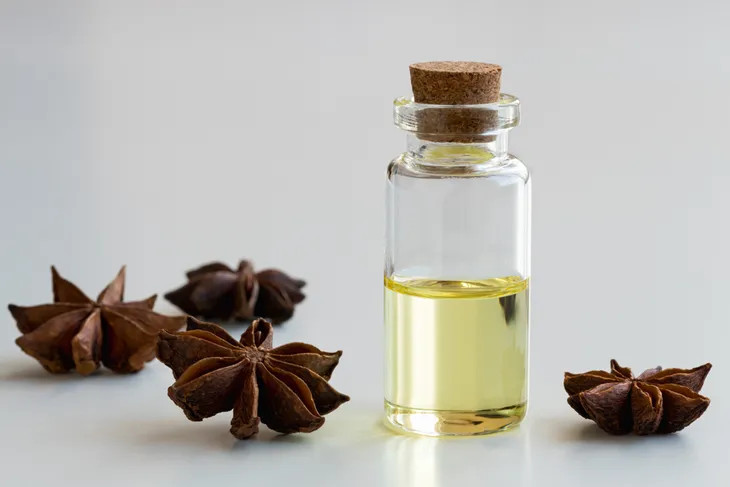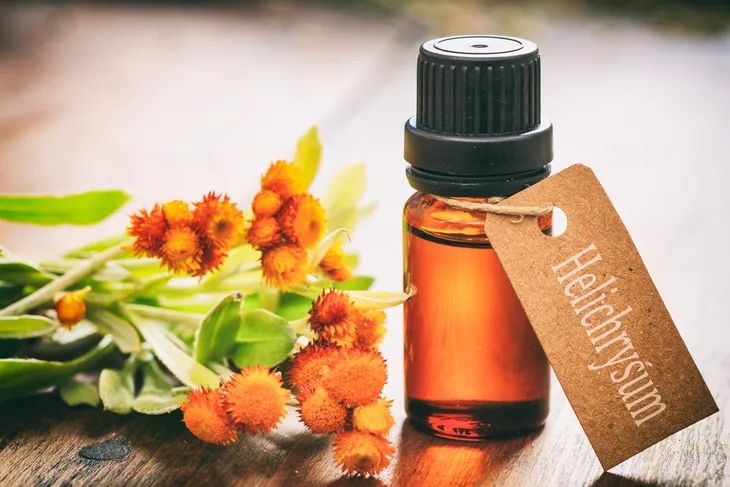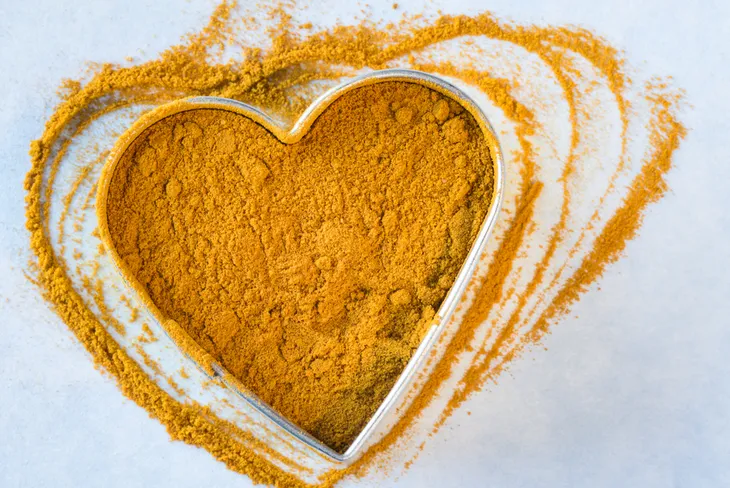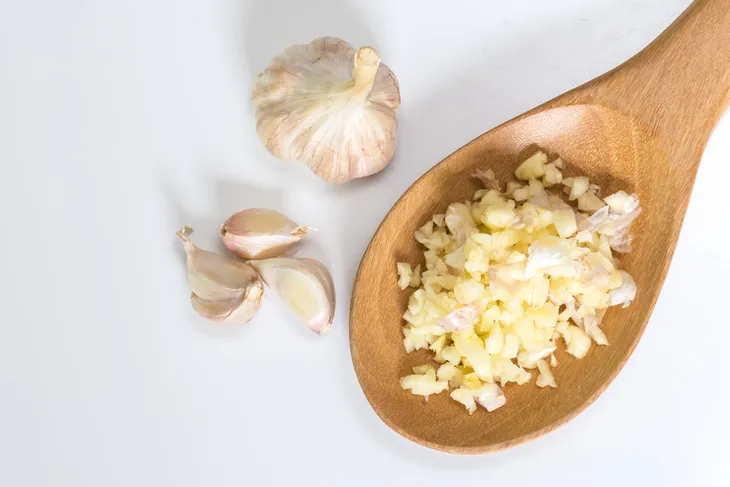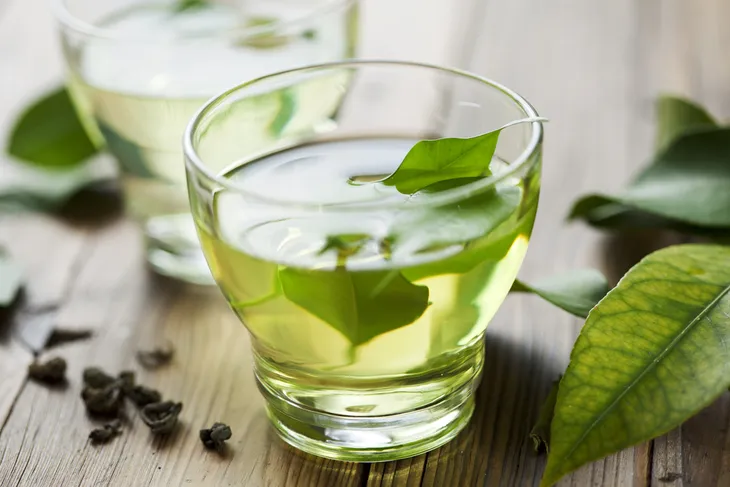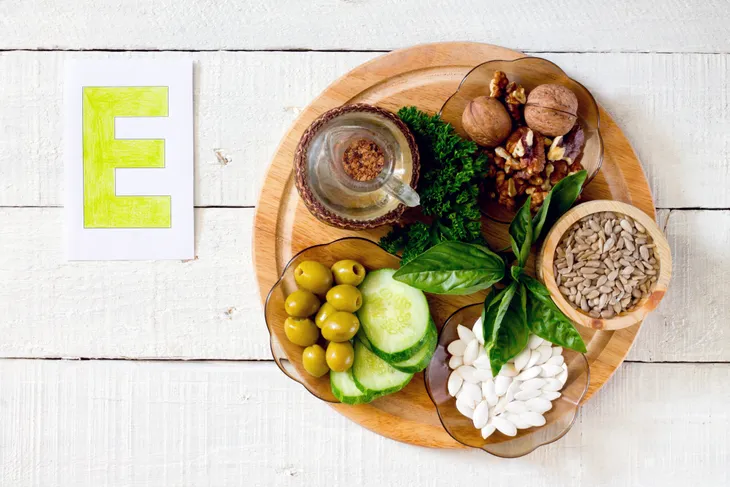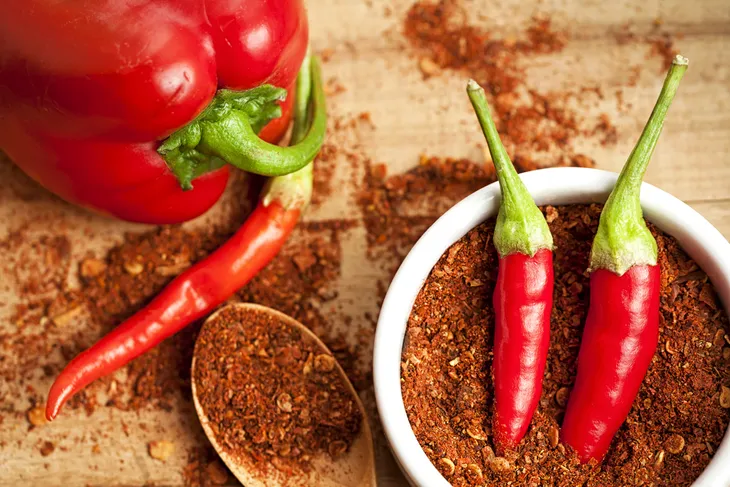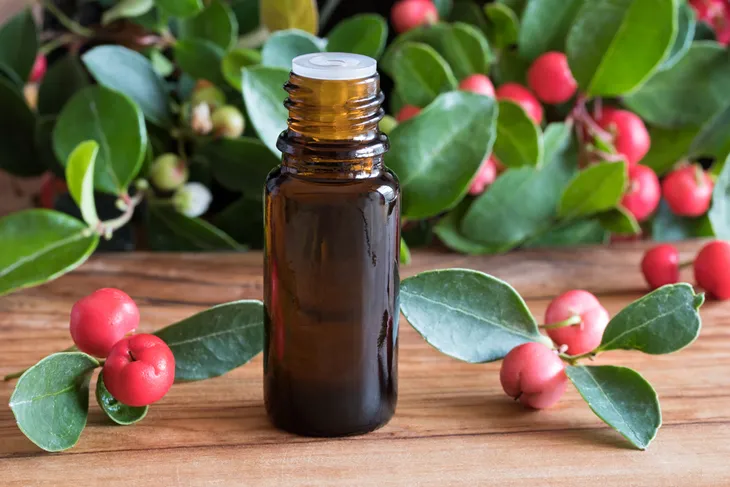A blood clot can be very, very dangerous. This lump-like collection of blood platelets and plasma proteins doesn’t have to be large — often, it’s too small to even see — but by forming in a sensitive area, such as the location around the heart or in major veins leading to critical organs, can be deadly.
Blood clots tend to take formation in the veins in a process known as deep vein thrombosis. They’re most often formed in the legs but are also known to emerge in the heart, lungs, brain, and pelvic area. Often, blood clots are formed by lack of activity — possibly due to sitting at a desk for extremely long periods of time or undergoing surgery and being confined to a bed — physical trauma to the body, or obesity. In essence, it can strike just about anyone who’s struggling with their weight, has been injured, or has been sidelined due to surgery. But what can you do to counteract this problem? Are there any foods that can actually help prevent or overcome blood clots?
We’ll talk about some of the natural ways to manage blood clots, but the most important step in treating clots is to follow your doctor’s advice. Be sure to take any medication as prescribed and go to all your doctor appointments.
Anise Oil
Anise is a plant that produces a brilliant flower and, when harvested, its flesh has a very tart taste. It’s used sparingly by chefs who can find and afford it. Beyond its culinary purposes, it’s also popular for its medicinal uses, including helping fight inflammation, prevent infections, and relax muscles. It may even help improve blood flow and reduce pain associated with blood clots.
To use anise oil for medicinal purposes, add two or three drops to a glass of water and then drink the mixture down. You can also rub some of the anise oil into the area affected by a blood clot; this is most effective if the blood clot is visible and near the surface of the skin, such as in the legs. Repeat either application two or three times in a 24-hour period.
Helichrysum Oil
Helichrysum is a herb that boasts a variety of medicinal properties, including the ability to fight inflammation and limit the activity of free radicals. It’s also considered a natural blood thinner capable of reducing coagulation, which makes it a real asset for anyone trying to prevent the formation of blood clots or remove those clots after they’ve formed in the body.
Helichrysum oil doesn’t need to be ingested; instead, experts recommend you mix six or so drops of it with another type of oil, such as coconut or olive oil, and then rub it into the skin surrounding the area affected by the blood clot. You can do this up to three times daily and check each day to see the progress.
Helichrysum oil is derived from the medicinal herb, helichrysum. It has many health benefits and is known for its antioxidant and anti-inflammatory properties. It is also a natural blood thinner due to its anticoagulant properties.
Turmeric
Turmeric has been used for centuries in some of India’s most flavorful dishes. This yellow spice has a stunning appearance, striking flavor, and even more potent health benefits. For one, it contains curcumin, which can help prevent coagulation and, in doing so, potentially reduce the risk of developing blood clots.
You can add turmeric to your cooking — it’s similar to curry powder in flavor — or you can add a single teaspoon to some warm milk and consume it that way. Do this once or twice a day to get the full benefit.
Epsom Salt
Epsom salt is known for its ability to help with a variety of ailments by using it in a bath. Supporters of doing this with Epsom salt argue it can help relax the body and ease mental stress; relieve muscle pain and cramps; eliminate toxins from the body; even improve the functionality of the nerves. Most relevant to this list, Epsom salt, when added to a bath, is said to improve circulation of the blood and reduce inflammation, making it perfect in helping to fight blood clots. In short, believers in Epsom salt baths believe these can make one feel better both physically and mentally.
Unlike many of the other items on this list, you won’t be ingesting Epsom salt but instead, adding it to your bathwater. Once you’ve done that, lay down and let the saltwater mixture soak into your body for roughly half an hour. Repeat each day.
Garlic
Garlic may be one of the most versatile types of food available — while it may not be advisable to eat it raw, shaving raw garlic and adding it to sauces, stews and marinades can do a lot for the flavor of your favorite dishes. As for its internal properties, garlic has considerable health benefits, as it contains both allicin and ajoene, both of which can assist in treating blood clots.
You can try consuming more garlic in your food or you can prepare an odd-tasting but effective solution consisting of garlic cloves, hot water, and honey. This tea, if you can call it that, should be boiled and then consumed once it’s cooled off.
Green Tea
Green tea has a variety of uses and, depending on who you ask, offers a range of health benefits when consumed on a regular basis. Supporters of green tea argue that its antioxidant properties can help prevent blood clots before they form, while its anti-thrombotic characteristics allow it to help thin blood clots should they emerge. At the very least, it’s a fine alternative to coffee and soda.
Today, finding green tea is very easy; it’s available at most grocery stores and pharmacies. But if you want to maximize its potential, you may want to try using green tea extract, which can be added to a cup of water and consumed with honey (for flavor). Repeat two or three times a day.
Oregano
Oregano, whether dried or fresh, makes an excellent addition to a variety of dishes, from roast chicken and fish to pasta sauce. But there’s more to oregano than its flavor: it also boasts a number of health-building properties, like its ability to fight free radicals and inflammation. It may even help limit the formation of blood clots.
You can add oregano to your food in order to benefit from its many health properties or you can take an oregano supplement that provides all you need for the day in a single pill. Oregano oil is also an option; simply add a teaspoon to a glass of water and drink it three or four times a day.
Vitamin E
Vitamin E boasts a collection of vitamins, known as tocopherols and tocotrienols that, together can help fight free radicals and help the body resist coagulation of the blood, making it an ideal partner in the war against dangerous blood clots.
You can take a vitamin E supplement to get the vitamin’s benefits, or you can simply work to get more of this vitamin in your food. Some popular foods that include a substantial amount of vitamin E include almonds, spinach, sweet potatoes, avocado, sunflower seeds, palm oil, and butternut squash.
Cayenne
Cayenne pepper makes an excellent addition to any meal that needs some serious spicing up. Just a pinch can transform a bland dish into something far more exotic and interesting (just be sure to avoid overdoing it, especially if you’re preparing a meal for someone who struggles with spice). But there’s more to cayenne pepper than its spicy touch: it also contains salicylates which have been shown to help thin the blood, assisting in treating and prevent blood clots.
You can either add more cayenne pepper to your food or consider taking cayenne pepper capsules, which you can take twice each day.
Ginger
Ginger, which is somehow both spicy and sweet, makes a useful addition to all kinds of savory and sweet dishes. But like cayenne pepper, another entry on this list, it boasts the health benefits of a compound known as salicylate, a well-known blood thinner. That makes it very helpful in trying to prevent the formation of blood clots.
You can add more ginger (shaved or powdered) to your cooking or you can put together a quick drink that helps you quickly activate many of its benefits. To do the latter, peel some ginger or add the powdered variety to some hot water with honey. Once the water has cooled, drink it down and repeat a couple of times each day.
Wintergreen Oil
You’ve probably enjoyed wintergreen-flavored mints or gum, but have you ever heard of its blood-thinning capabilities? Inside the oil of wintergreen, you can find a compound known as methyl salicylate, which is the part of wintergreen with blood-thinning properties; it can also help in the fight against inflammation. For both reasons, wintergreen oil is a useful tool in helping fight blood clots.
To get the most out of your wintergreen oil, add five or six drops to another type of oil, like 30-milliliters of coconut or olive oil. Then take the completed mixture and rub it deep into the area of the body affected by the blood clot. Repeat this process one more time, making two applications each day.
Water
When in doubt, drink lots of water. Surprisingly, perhaps, staying hydrated can make a big difference when you’re worried about developing blood clots, as their chances of forming increase when an individual is dehydrated.
The amount of water you need each day will likely vary based on your level of physical activity, height, and weight. It may also depend on any other health issues you may be dealing with. For the average individual, between six and eight glasses of water each day should do fine, but check with your family doctor just to be sure.
